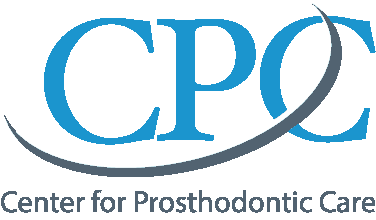Routine Care
Dental visits for routine care should be scheduled at least every six months according to the American Dental Association (ADA). These visits can include dental radiographs, which are recommended annually by the ADA.
Periodic Exams
Everyone should undergo a thorough dental evaluation in conjunction with a review of the their medical and dental history. A thorough assessment is an integral part of treating the patient safely. This includes an oral cancer evaluation and periodontal screening when indicated. Oral cancer screening is an extremely important component of the periodic exam. It is well-proven that early detection of abnormal changes in the mouth has a tremendous benefit in the overall prognosis of any oral disease or condition.
Teeth Cleaning
Regular dental hygiene visits are critical to maintaining dental health. Your dental hygienist will remove accumulated plaque, calculus and stains that are otherwise unreachable despite efficient flossing and toothbrushing.
Medical studies have shown strong correlations between dental disease and other systemic conditions like diabetes and coronary artery disease.
While undergoing restorative work and after its completion, dental hygiene is a combined effort between the dental staff and the patient. Periodic and frequent recare appointments ensure that the risk of new oral diseases is reduced or eliminated.
Radiographs
Radiographs are a fundamental tool in diagnosing and detecting oral diseases, as well as to monitor dentofacial development and the progress or prognosis of therapy. Digital radiographs significantly minimize the amount of radiation exposure yet deliver excellent image quality for interpretation allowing accurate diagnosis.
What is Oral Cancer?
About two-thirds of oral cancer in the mouth or oral cavity occurs in the floor of the mouth and tongue but can occur in the upper or lower jaw, lips, gums, and cheek lining. Just behind the mouth is an area known as the oropharynx. Oropharyngeal cancer (one-third of cases) occurs in the back of the tongue, tonsils, and throat tissue. Oral cancer kills one American every hour of every day, according to the National Cancer Institute. Having regularly scheduled examinations is key to
identifying possible lesions for early detection of disease.
Oral Cancer Causes & Risk Factors
Who are most at risk?
- Smokers: People who use tobacco are six times more likely to develop oral cancer. Eight of 10 oral cancer patients are smokers.
- Heavy alcohol drinkers: 80 percent of people diagnosed with oral cancer consume more than 21 drinks weekly.
- HPV infected: People with a history of oral human papillomavirus (HPV) infections are at greater risk to develop oral cancer even if they don’t smoke or drink.
Oral Cancer Symptoms & Warning Signs
- Red or white mouth patches in the mouth or throat
- Mouth sores or ulcers that bleed easily and do not heal
- Unexplained lump in the neck, throat, or floor of the mouth
- Difficulty or discomfort chewing or swallowing
- Pain and tenderness in teeth or gums
- Change in the fit of dentures or partial dentures
- Visible change in mouth tissue
- Unpleasant sensations (pain, discomfort, numbness)
- Diminished ability to perform normal functions such as opening jaw, chewing, or swallowing
- Unexplained swelling or fullness in the neck

